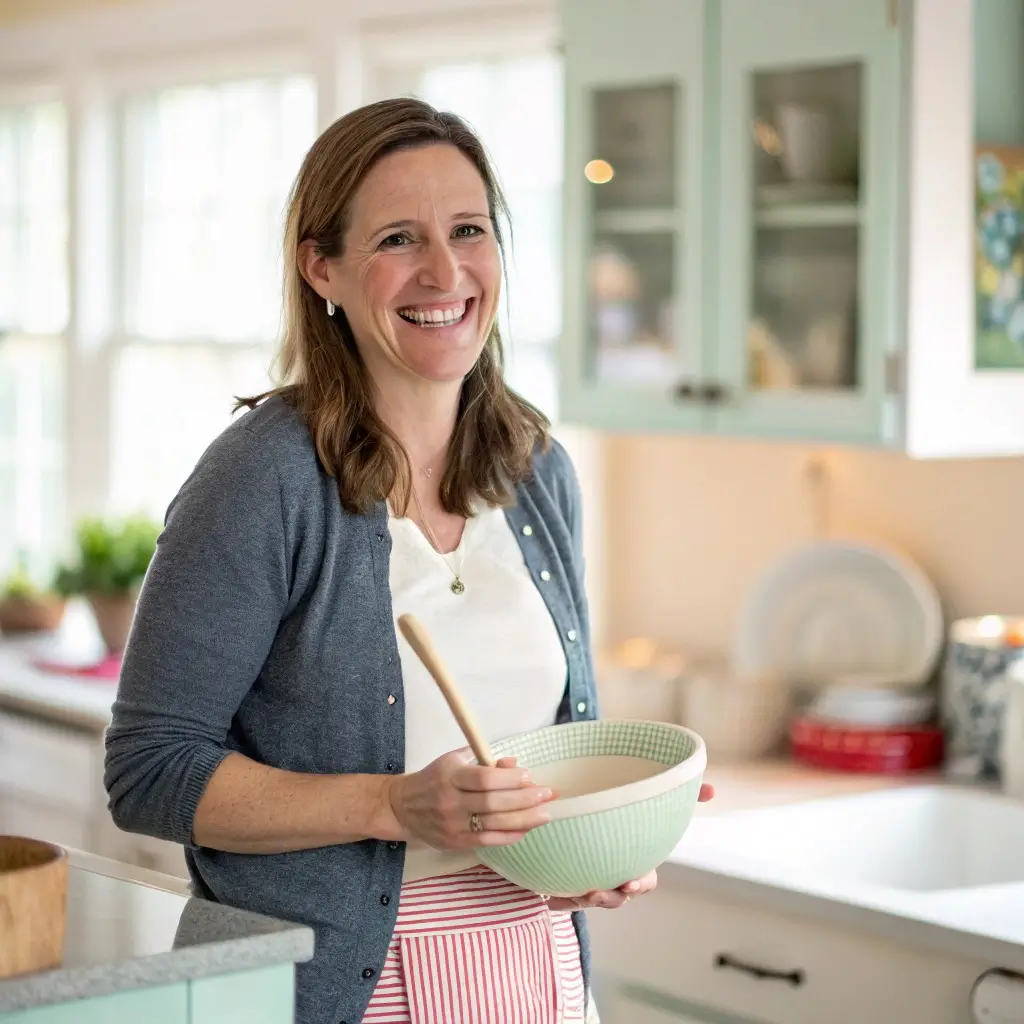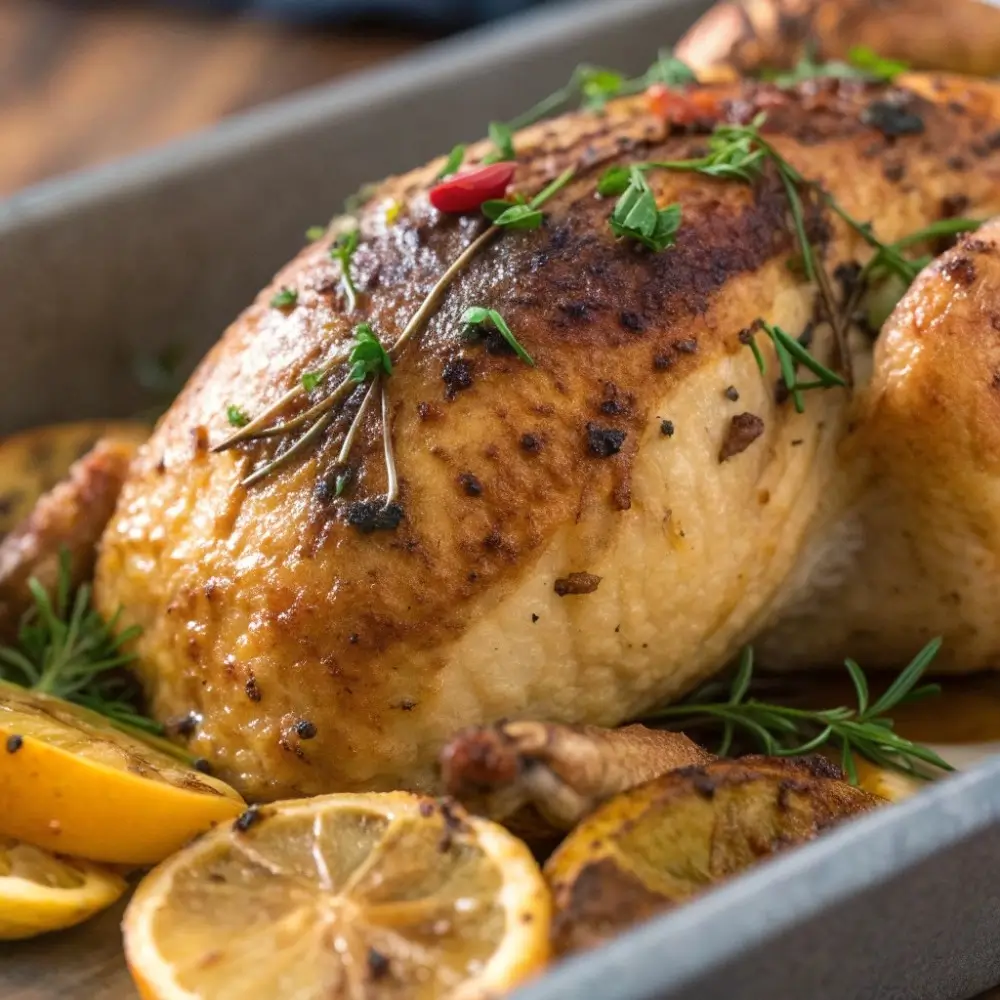Table of Contents
Why Use Sourdough Discard in Crepes?
Crepes, being ultra-thin pancakes, benefit from a bit of extra moisture and flavor from sourdough discard. The discard adds:
-
Tenderness & suppleness — helps make the crepes less brittle
-
Mild depth — a subtle tang that enhances fillings without being overt
-
Moisture retention — so they stay pliable and don’t dry out quickly
Because crepes don’t rely on heavy rising, the discard is a complement, not a primary leavener.
Ingredient List & Notes
Here’s a reliable list for about 10–12 crepes (size ~8–9 inches each):
| Ingredient | Amount | Purpose / Notes |
|---|---|---|
| Sourdough discard (unfed) | ½ cup (≈ 120 g) | Moisture, flavor, softness |
| Milk (or plant-based milk) | 1 cup (≈ 240 ml) | Main liquid base |
| Egg | 1 large | Structure & binding |
| Melted butter or oil | 2 tablespoons | Helps with richness and pan release |
| All-purpose flour | ~1 cup (≈ 125 g) | Base for batter |
| Sugar | 1 tablespoon (optional) | For sweet crepes |
| Salt | ⅛ teaspoon | Balances flavors |
| Vanilla extract | ½ teaspoon (optional for sweet version) | Flavor boost |
Notes & Adjustments
-
Because discard hydration may vary, you may need to thin or thicken the batter slightly with extra milk or a teaspoon of flour.
-
If you’re doing savory crepes, skip sugar and vanilla.
-
Use a neutral or mild-tasting milk for minimum flavor interference.
Step‑by‑Step Instructions
1. Make the Batter
-
In a mixing bowl or blender, whisk together milk, sourdough discard, egg, melted butter (or oil), sugar (if using), salt, and vanilla (if using).
-
Gradually whisk in the flour until smooth and lump-free — aim for a thin, pourable batter.
-
Let the batter rest for at least 15–30 minutes (or up to 1 hour). This rest lets the flour hydrate fully and the batter settle, improving texture.
2. Heat Your Pan
-
Use a nonstick crepe pan or skillet, preheated over medium heat. Lightly grease the surface (a little butter or oil wiped thin).
-
Test your pan heat by flicking a drop of water — it should sizzle lightly and evaporate.
3. Cook Crepes
-
Pour (or ladle) a small amount of batter into the pan — about ¼ cup or enough to thinly coat the bottom when you tilt or swirl the pan.
-
Immediately tilt and swirl the pan so the batter spreads evenly in a thin layer.
-
Cook the first side about 1 to 1½ minutes, until the edges begin to lift and the bottom is lightly golden.
-
Gently flip the crepe and cook the other side ~30 seconds to 1 minute, until just set and lightly golden.
-
Remove and stack on a plate; cover loosely to keep warm. (You can also keep cooked crepes in a low oven to stay warm.)
Repeat until all batter is used.
Tips for Beautiful Thin Crepes
-
Resting matters: The rest helps air bubbles settle and gives better texture.
-
Even coating: Swirl immediately after pouring to get a perfectly thin, even layer.
-
Moderate heat: Too hot and you risk burning before the crepe cooks; too cool and it will stick or sog.
-
Minimal flipping damage: Use a thin spatula or slip the edge of your fingers to lift before flipping.
-
Stack with parchment: If stacking many crepes, place parchment between layers to avoid sticking.
Serving Ideas: Sweet & Savory
Sweet Fillings / Toppings
-
Fresh berries + whipped cream + powdered sugar
-
Nutella + banana slices
-
Lemon juice + sugar (classic)
-
Caramel + sliced apples or pears
-
Sweet soft cheese (ricotta, mascarpone) + jam or fruit compote
Savory Fillings
-
Sautéed mushrooms + spinach + cheese
-
Ham or turkey + cheese + a light béchamel
-
Smoked salmon + cream cheese + herbs
-
Egg + cheese + herbs for breakfast crepe
-
Ratatouille or roasted vegetables + herbs
Serve folded halves, rolled, or in a “crepe cake” stack with layers of filling.
Storage, Reheating & Make‑Ahead
-
Refrigeration: Stack cooled crepes with parchment between, store in airtight container up to 2–3 days.
-
Freezing: Stack with parchment between, wrap tightly, freeze up to 1–2 months.
-
Reheat: Warm in a skillet over low heat 20–30 seconds per side, or in microwave with slight moisture cover.
-
Make ahead: The batter can be made ahead and refrigerated up to 24 hours; stir before using, may need slight thinning.
Common Mistakes & Troubleshooting
| Problem | Cause | Solution |
|---|---|---|
| Crepes are thick or gummy | Batter too thick | Add a little milk to thin and swirl more |
| Crepes tear or break | Pan not nonstick, batter stuck | Use a good nonstick pan, enough fat, gentle flipping |
| Edges burn before center cooks | Pan too hot | Lower heat, test a small crepe first |
| Crepes stick or don’t release | Insufficient greasing or pan not hot enough | Lightly oil or butter, preheat pan properly |
| Batter lumpy | Flour wasn’t sieved or added too fast | Whisk gradually, sift flour if needed |
Frequently Asked Questions
Will the discard make crepes taste sour?
Only subtly. The sweetness or savory fillings will dominate. The discard gives nuance, not strong sourness.
Do I need to feed my starter before using the discard?
No — this recipe is designed for unfed discard. You can use what you’d normally discard.
Can I make these vegan or dairy-free?
Yes — use plant milk, a neutral oil or vegan butter, and skip optional ingredients like dairy cream. Adjust batter thickness as needed.
Can I make gluten-free crepes?
Yes, using a gluten-free flour blend (with binding agent) may work. The texture will differ, so test a small batch first.
How thin should these crepes be?
Very thin — just enough to coat the pan. The goal is delicate, lacy edges, not thick pancake texture.
Can I scale the recipe?
Absolutely — multiply ingredients proportionally. Use bigger pans or more batches as needed.
Final Thoughts
These Sourdough Discard Crepes (Thin & Easy) are a perfect way to transform your discard into a delicate, versatile flatbread for breakfast, brunch, dessert, or savory meals. With minimal ingredients and flexible fillings, they’re elegant yet approachable.
Start with the base recipe, master your swirl and heat technique, then experiment with fillings: sweet, savory, layered crepe cakes, you name it.





